A Green Rabbit & Superfund Sites
Raritan River Basin
|
NEW ESRI StoryMaps: What's On Our Shelves & NWNL Song Library & No Water No Life ESRI |
Raritan River Basin
Bob Spiegel
Edison Wetlands Dir. & Triple C Ranch Owner
<span style="font-size: 12pt; font-family: "Book Antiqua", serif; color: rgb(0, 0, 0); background-color: transparent; font-weight: 400; font-style: italic; font-variant-numeric: normal; font-variant-east-asian: normal; font-variant-alternates: normal; font-variant-position: normal;"
David Wheeler
Edison Wetlands Manager & TV Host
Alison M. Jones
NWNL Director & Photographer
Bob Spiegel exemplifies grassroots stewardship and the power of local advocates. His curiosity and concern has led him to uncover landfill chemicals impacting New Jersey’s riverine wildlife; and he took his story of “green rabbits” straight to Congress. He and fellow activists built on his success so that a decade later, the Raritan River has cleaner water.
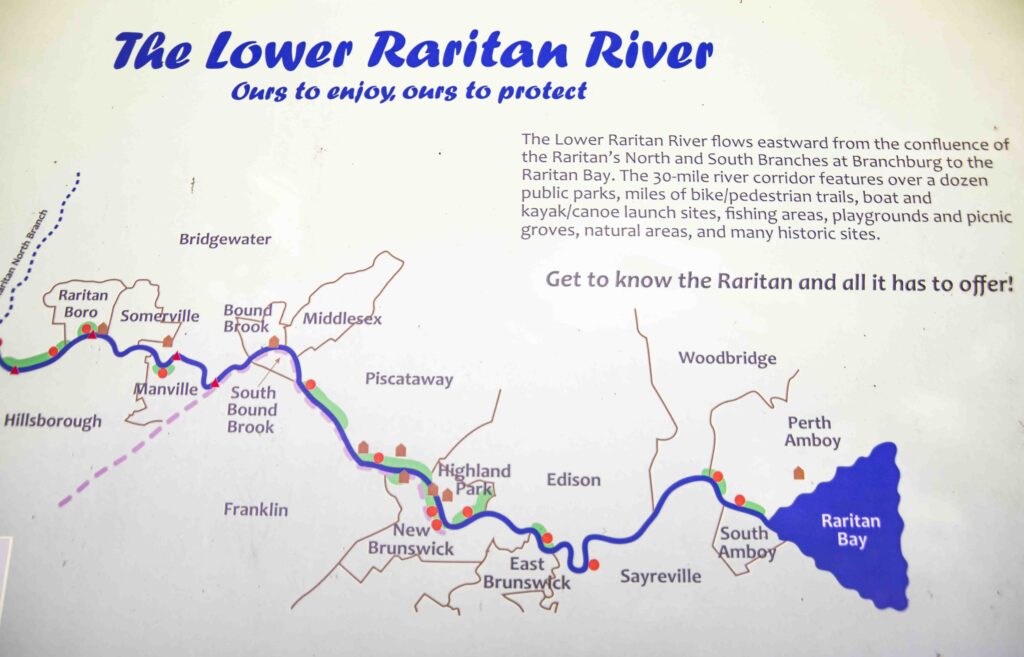
Earth Day at Triple C
Dave’s “Dismal Swamp” Tour
Bob’s “Green Rabbits” Story
The Superfund Program
Polluters’ Responsibilities
Brownfields to Greenfields
Clean versus Polluted Water
Bob Spiegel’s Quest
Estuaries and Wetlands
Stormwater & Impervious Surfaces
Edison Wetlands’ Vision
All images © Alison M Jones. All rights reserved.
NWNL Bob, you’ve done amazing things here. I’ve listened to bird songs, enjoyed the geese and watched visitors enjoy the wetlands and waterways you’ve preserved.
BOB SPIEGEL Thank you, thank you. Edison County spent millions to make these beautiful walkways, our fishing jetty and fencing.
NWNL I look forward to a chat right after you give your Earth Day address. [below in italics]

BOB SPIEGEL Hi, I’m Bob Spiegel, Executive Director of Edison Wetlands Association, owner of this Triple C Ranch, the last farm in Edison, New Jersey. Welcome to our 20th Anniversary Earth Day event at Triple C Ranch.
This year is the 20th anniversary of recovery of the environment and preservation of open space by the Raritan River Project and Edison Wetlands. Triple C Ranch shows what a few committed citizens can do for their community. When we leased Triple C Ranch in 1989 for a year, it looked like a garbage dump. Over the last decade, we cleaned it up and now have a community garden and environmental education programs. We’ve rescued wildlife and added public trails and bird blinds, thanks to the Eagle Scouts. We’re now working on conservation of the Dismal Swamp. Its 1,200 acres start in Metuchen, come through Edison and end up in South Plainfield. It’s the largest piece of open, contiguous wetlands in northern Middlesex County.
We’re focused on the Dismal Swamp and the Raritan River – also a unique treasure. The Raritan is the largest river solely in New Jersey, and it drains about 1,100 square miles, I believe. It’s a “Watershed in Recovery”, especially the Lower Raritan River. We’re working with Edison, Woodridge and other downstream townships to help the river to recover from 100+ years of industrial use. There are now many unsafe areas due to chemical pollution. We hope to work with Edison Township to close its landfill and build walkways so the public can again come down to the river safely. We want to clean up toxic waste sites and preserve vast areas of the former Raritan Arsenal and Raritan Center. At some point in our lives, we hope to go down to a river that is again fishable and swimmable.
That’s our Raritan River Project. We have a long way to go; but we’ve had successes. Last year, we purchased the former Chemical Insecticide Superfund Site [CIS]. That’s where we had “green rabbits” and chemicals streaming into residential neighborhoods, ending up in the Raritan River. We’ve worked hard for over a decade with Edison Township to clean up the CIS site. Now clean, it’s Edison’s newest park! It shows what we can do, even in the most contaminated sites. We can clean them, conserve them and have areas that the public can return to.
DAVE WHEELER Dismal Swamp is a wetlands that absorbs and holds our rain, and then lets it flow out naturally rather than gushing over streets and into people’s yards. So, let’s walk around it to a little stream and maybe see some wildlife.
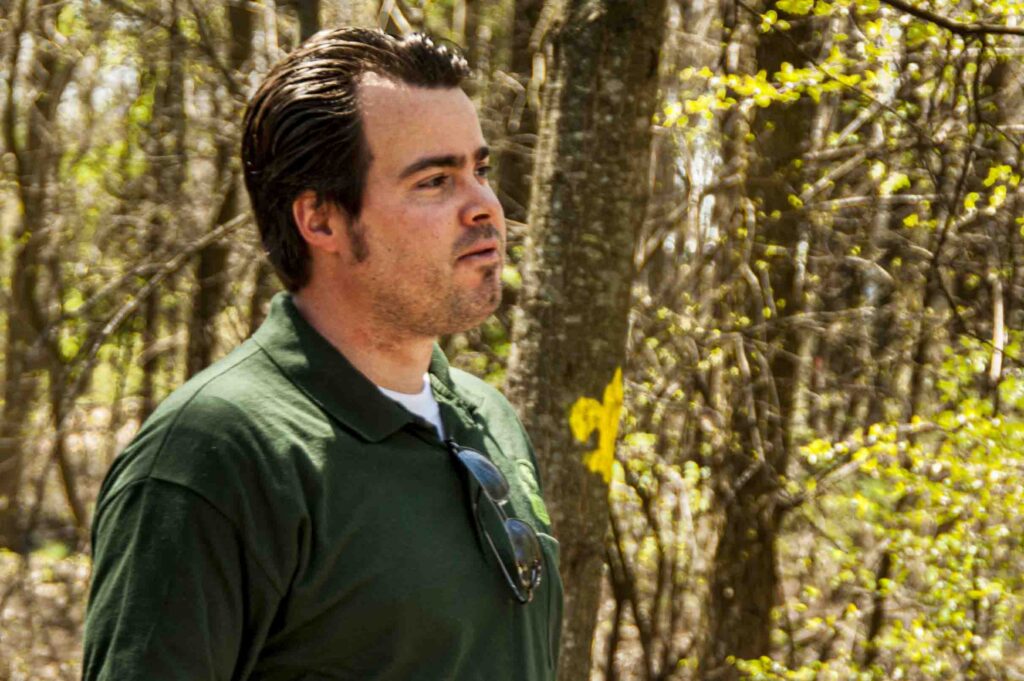
This easement in the absence of development, is where we maintain a nice wetlands area, more open than many other wetlands. We have forested wetlands, cattail freshwater marshes, and an incredible amount of wildlife. We’ve seen over 175 bird species here, including threatened and endangered species. We’ve had Northern harrier, hawks, owls, egrets, herons and other birds you’d expect in a swamp or wetlands.
Some call this scenic area “The Everglades of Central Jersey” – and it really does serve that function. Dismal Swamp is incredibly important for wildlife and provides a source of clean water for the Raritan watershed, thus improving the overall recovery of the Raritan River. This helps environmental and human health for all who fish, crab or visit the Raritan’s banks.
In summer, school, day care and scout groups sample this water and its creatures that indicate that the water is clean. Dismal Swamp waters are tremendously clean and provide food for larger wading birds and smaller birds that become food for raptors. There are also great blue herons, wood ducks and 13 mammal species here – like muskrat, mink and beaver that have returned in the last few years. This is an important food chain, and really the only natural area left in our region where kids can enjoy an environmental education. It’s rewarding for us to see the looks on those kids’ faces.
We have muddy banks here that are under water when the river is high. Otherwise, it’s exposed mud that turtles love. There are dozens of turtles on any given day. At the pond we always have turtles lining the banks basking in the sun.
As you look at the stream, remember this is central New Jersey; so tires, litter and debris can be here. The good news is we’re cleaning it up and getting people to stop littering. There’s a marked decline in people regularly dumping big bags of trash. When we first took over the farm, it was a junkyard. Our first 5 years was cleaning up before restoring it into today’s nice farm.
Now you’re looking at a “beaver tree” with its typical triangular top. There are many beavers along these banks. Wildlife can now pass through here – as do the waterways – without being impacted, stopped or piled up with garbage.
Coopers hawk, red-tail hawk, turkey, black vultures and northern harrier often utilize this area. Some eat birds or smaller mammals, like meadow voles. There’s always food for them to eat here. This is a great food source and a food chain between waterways and up into the skies.
With all the dead trees in the Dismal Swamp that haven’t fallen down, we have great woodpecker habitat. Within the woodpecker family, we regularly see northern flicker and red-bellied, downy and hairy woodpeckers.
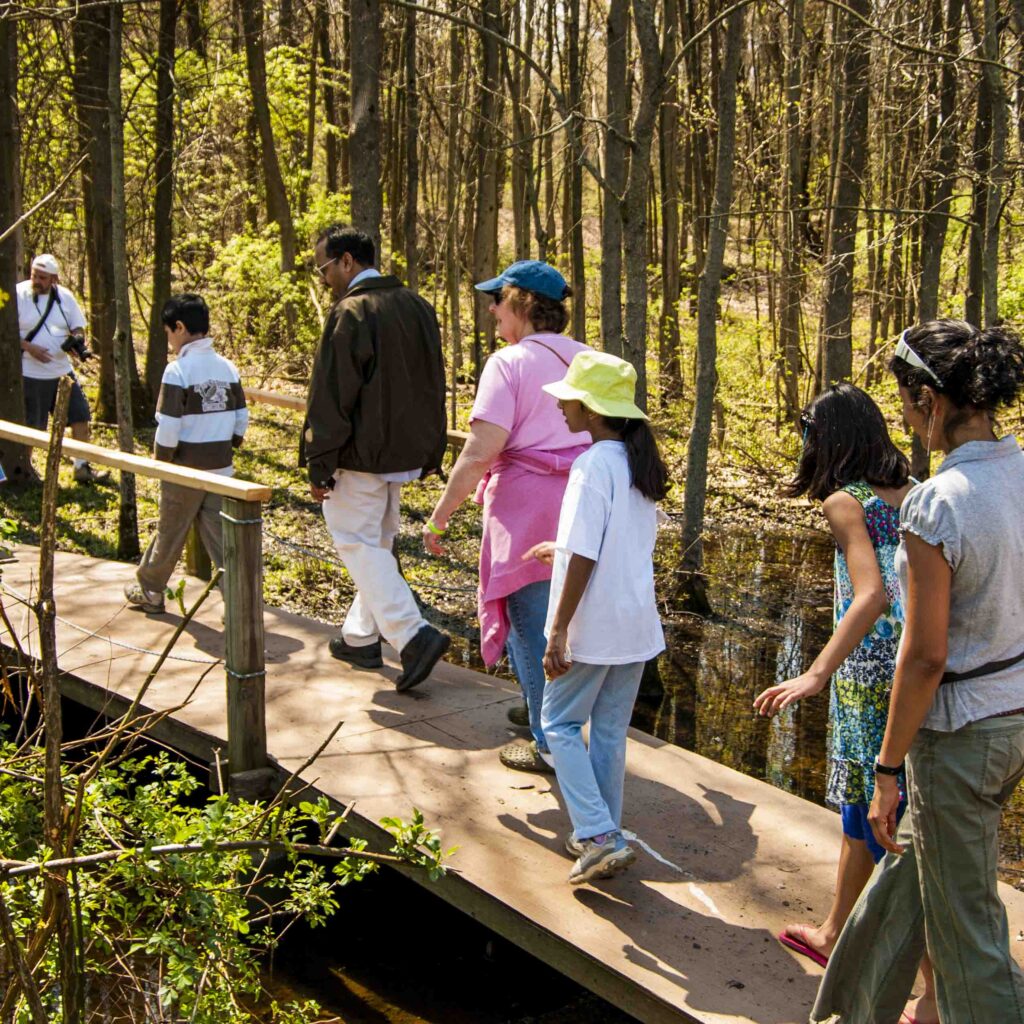
Our vernal ponds dry up during a part of each year. Amphibians – frogs and salamanders – grow there without being eaten by fish. Yet, these ponds do connect to other waters with fish, so these amphibians are less likely to get to adulthood. But we do enjoy a spring symphony of frogs and spring peepers. This is lush habitat. Oh – and there’s an American Woodcock!
NWNL Bob, it’s good to meet again. Please start by sharing your “Green Rabbits“ story.
BOB SPIEGEL The story of “Green Rabbits” launched our Edison Wetlands Association! We were trying to conserve land in North Edison when I was a pastry chef in a catering hall. An ice carver asked, “Do you want to see an area with green rabbits?” Of course, I said, “Yes!” So, we walked out to Edison’s 5-acre Chemical Insecticide Superfund [CIS] Site. The only thing alive there were rabbits with a green undercoat, due to Dinoseb, an herbicide chemical. This non-dissolvable chemical had leached out and turned those rabbits green.
Those green rabbits were the only things alive there. Everything else was dead – even groundhogs and woodchucks. We couldn’t figure out why. But we followed a trail of green toxic waste that went through a bakery that makes all the rolls for all McDonald’s in the NJ-NY-CT Tri-state area. The green sludge went through residential neighborhoods and into the Raritan River. As we studied it, we realized we had to do more than just look at the site. That site required work. So, we figured out where the site was draining.
We held a series of public meetings. I had no plan to be an activist. I just had a gut feeling about what needed to be done. We rented the Forum Theatre in Metuchen NJ for a big meeting. Our video of the site scared the hell out of the entire community. Right after that, the US Environmental Protection Agency {EPA] had a public meeting to finally tell the community what was going on. We then followed the steps to get necessary funding to clean up that site.
I’m proud that 15 years later, the site is clean. Those chemical lagoons are gone since 26’ of chemical slop were removed and replaced with clean soil. Now the area is a fully remediated, public park for Edison. But it was an expensive cleanup, costing about $50 million for 5 acres.
Without the federal government and Superfund – then healthy and robust – there’d have been no cleanup, since it cost about $10 million an acre. Now, it’s safe for rabbits, birds, other wildlife – and the public!
NWNL It’s an inspiring success story.
BOB SPIEGEL Our investigation led to learning from the EPA that the green chemical slop in these old lagoons was Dinoseb, a banned chemical in herbicides, Those chemical lagoons were just soaked with it, even after they were supposedly “closed.” So Dinoseb contaminated rabbits; seeped into the water; and turned local stream ecosystems green.
NWNL Were rabbits green due to ingesting green sludge or from it covering their coat?
BOB SPIEGEL No one was sure. Probably they ingested some Dinoseb; but since it was on the surface and in the water and their undercoats were green, it was likely from dermal exposure through their skin. This saga of green rabbits was profiled in a chapter in Molly Ivins’ book, titled Bushwacked. She liked our research on this site’s polluter’s connection to the U.S. Air Force, which had made Agent Orange on the site.
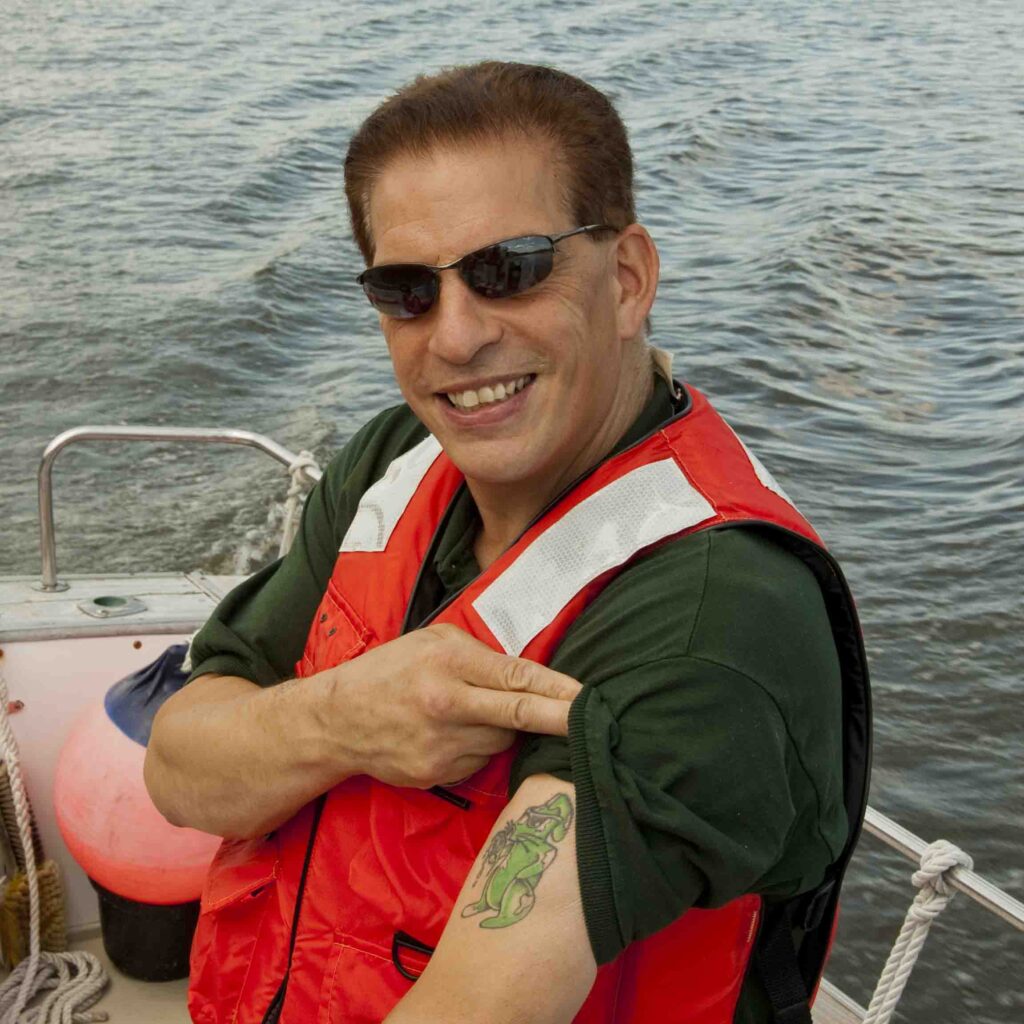
I had to get a tattoo of a green rabbit holding toxic green earth. I’d spent 15 years getting it cleaned up, while I’d never spent 15 years doing anything that felt good. Now, this cleanup is a model for the Raritan River Basin and other watersheds! We’ve shown it’s possible to take a site so toxic that it’s unsafe for people to live nearby and turn it into a community asset and a restored ecosystem.
We worked with the EPA to identify streams going from the site into Mill Brook and then the Raritan River. With them, we designed a model cleanup, repairs and a cleanup. EPA cleaned up and restored all those creeks and brooks. It’s hard today to grasp what was there, because now it looks so different. There’s no heavy construction equipment excavating and restoring creeks and brooks. That’s testimony to the good job we did.
NWNL And then you used that green rabbit as a mascot to urge Washington DC politicians to support the EPA and Superfund Program!
BOB SPIEGEL Yes. The EPA kept saying we’d never get the needed $50 million. Even with our nearly complete design. We held press conferences in Washington and went on Molly Ivins book tour. We brought a large “green rabbit” to Washington and to Barnes and Noble. Our green rabbit stickers with phone numbers of involved senators. It said, “It isn’t easy being green.”
In Washington, we testified to the Superfund Sub-committee with the stuffed green rabbit. The turning point was in 2002 when Hillary Clinton invited us to a Superfund press conference. We had photos of her with the green rabbit. We and our green rabbit met with Joe Biden and other senators. Soon everybody in Washington was talking about it. EPA now had to clean up the site, because it was on everybody’s lips and EPA did not want any more embarrassment.
NJ Governor Christy Whitman was going to bring a $30 million check from Superfund to start the work, so we built a mock graveyard for her to drive through. We wanted her to know we still needed funding to clean up all Raritan Superfund Sites for the sake of communities and those living around these sites.
There are still Superfund Sites in the US bleeding poisons into our air, water and land. We’ve used the green rabbit as mascot to get Superfund listings so polluters who created the problem pay to clean it up. One of the biggest threats to our national security is pollution of the “Waters of the US” – our ground water, surface water, rivers and bays. Until we realize that our waterways will never be fully restored.
So, the green rabbit was our tool to promote restoring our rivers, our bays and clean water. We must tackle toxic waste issues in everybody’s backyard. We’ve pushed that locally, on a state level and in Washington.
NWNL You’ve applauded the Superfund Program as another great stewardship tool. How has it improved the Raritan River Basin? How many Superfund Sites are here and how many sites have been, or are being, cleaned up by the Superfund Program now?
BOB SPIEGEL The Superfund Program began after Love Canal as a promise by Congress to clean up toxic waste sites around the U.S. exposing people and our environment to harmful chemicals. Congress agreed to establish this program and promised Americans that the US Federal Government would clean up these sites.
This Superfund Program addresses clean-ups of “orphan sites” (sites with no viable responsible party) mostly to be funded by a tax on oil and chemical industries, to which they agreed. Other sites are paid for by those responsible for the pollution. About 70% of the sites are paid for by responsible parties, and 30% are paid for by Superfund.
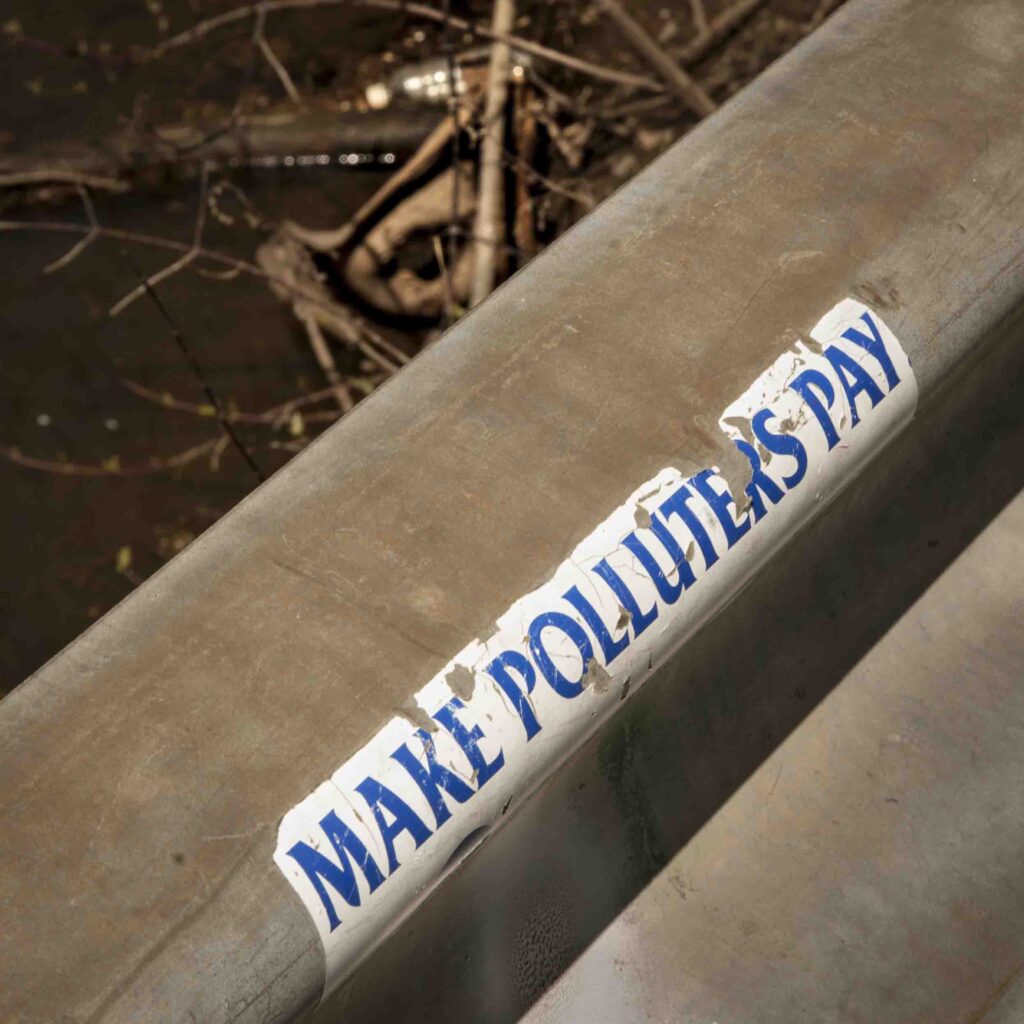
Then, Superfund basically ran out of money; and in 1995, it was basically “sunsetted,” with about $2 billion remaining in its program for abandoned sites with no viable responsible party. Now that funding has dwindled to nothing. Since, every year EPA essentially re-funds those sites with our tax dollars.
Now, instead of the polluters who caused the problem paying for cleaning up these sites, we’re paying for them. There’s a fundamental fairness problem in our having to pay for the cleanup of sites where the chemical industry was clearly responsible and benefited from their pollution.
You know, there were millions and millions of dollars made by these companies; and the Superfund tax only took a very, very small portion of those profits to pay for cleanup of these sites. It was a very fair program. Under the current US President, we’re trying to get that tax re-issued so we again have a healthy and robust Superfund. Many of these sites are prohibitively expensive for getting cleaned up. Ask people whether they want to pay for schools, hospitals and bridges – or toxic waste site cleanups. Of course, they prefer to pay for things that benefit their families and children first, because they really don’t understand what the direct threat these sites pose to their health. Sadly, we don’t expect the Superfund tax to return to making the parties that caused the pollution pay for their cleanup.
Too many Superfund sites are impacting the Raritan River Estuary. There are 25,000 toxic-waste sites in the New Jersey right now. Of those, 117 or so are Superfund sites. The Raritan River is the largest river in New Jersey and probably has more tributaries than any other river in New Jersey. Unfortunately, a disproportionate amount of our Superfund sites and toxic waste sites drain into the river.
Those sites cause a big enough impact that it’s unsafe to eat fish in the Raritan because of PCB’s and other chemicals. For instance, they built jetties all over the Raritan Bay out of toxic lead slag from 37 years ago; and are now they’re having to close almost the entire section of the Raritan Bay to fishing to try to figure out how far those poisons have spread. There’s not a single part of the Lower Raritan Estuary that is not an old army arsenal, an old Superfund site, a toxic waste site or an illegal landfill.
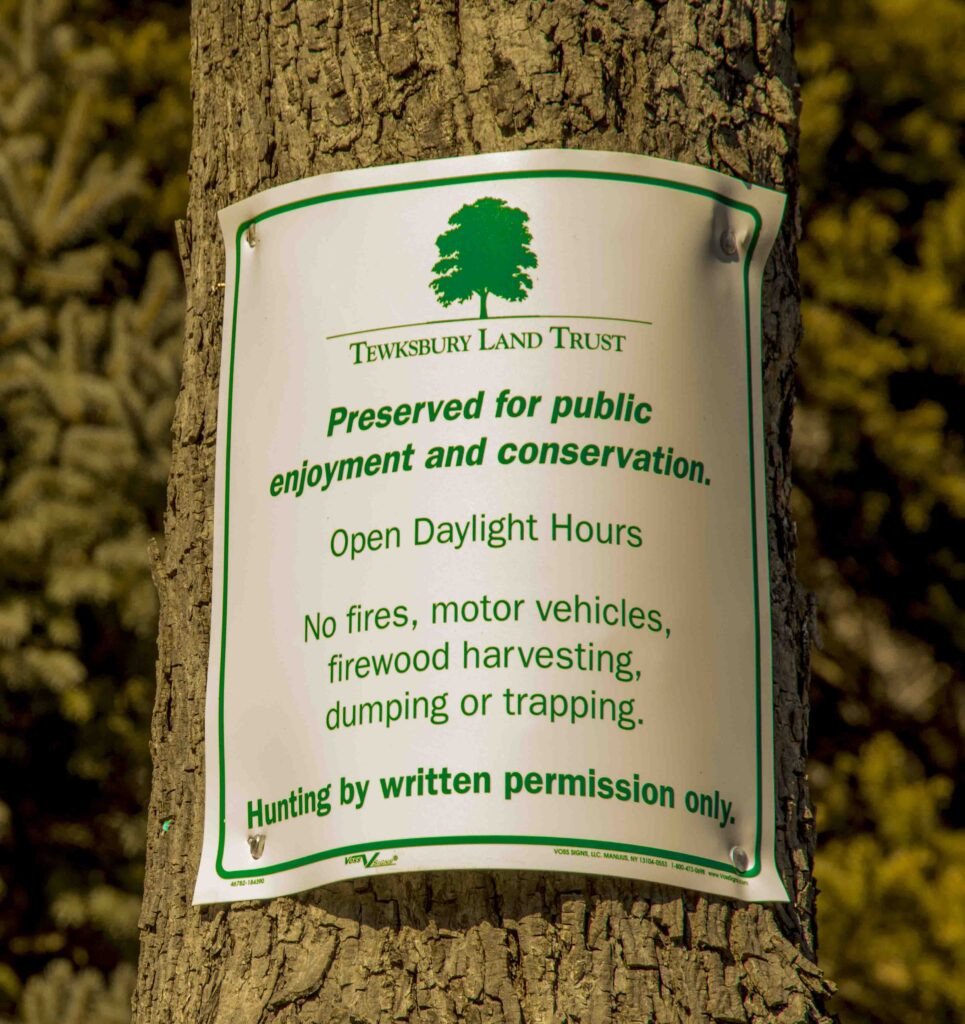
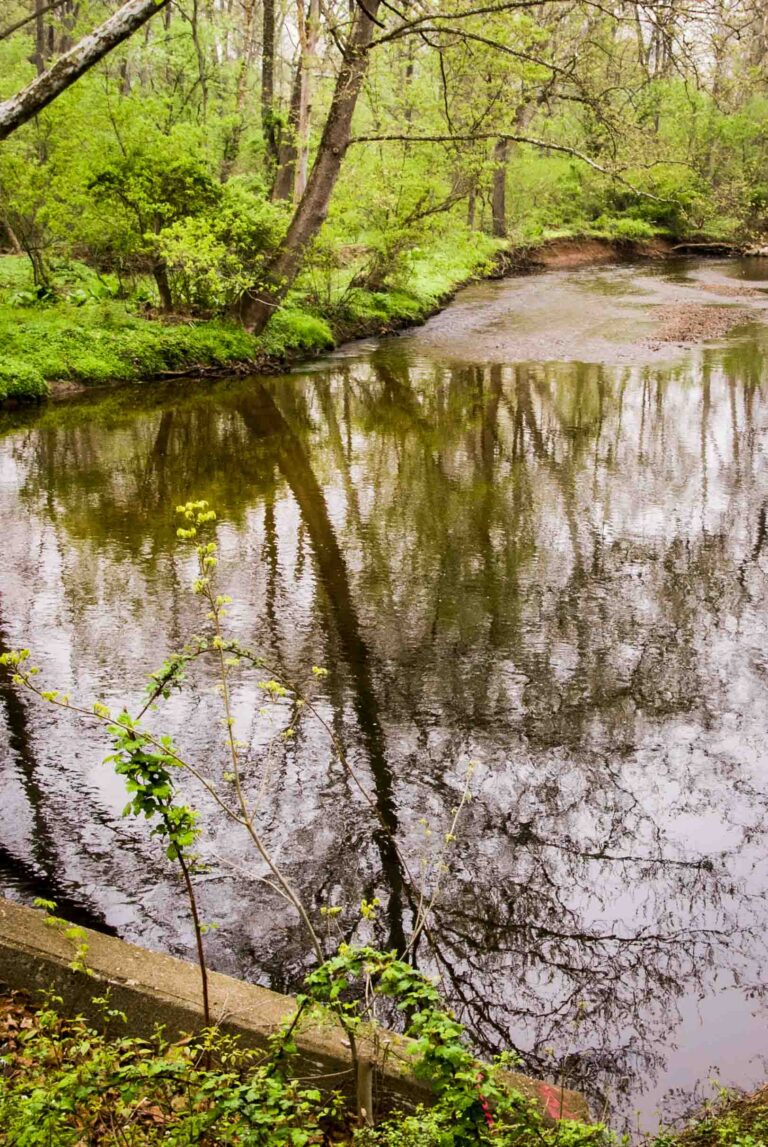
The Upper Raritan, however, is a much cleaner area because there wasn’t much industry there. Today, well-funded land trusts and conservation groups there can buy and protect open space there. In contrast, the Lower Raritan has always been an industrially impacted area that wealthier people, have shied away from due to its pollution problems. This is unfortunate for us as we have less funding support for environmental clean-ups along the estuary.
NWNL You have partnered with stewardship agencies and different watersheds. Do you get any cooperation from the polluting industries? How do they, or could they, help? Has the Superfund Program pushed them to help?
BOB SPIEGEL Industry has always been very, very reluctant to be part of the solution. Instead, they’ve been very instrumental in changing the laws, so we didn’t benefit from the supposed lessons of Love Canal in 1980, when Superfund first came into power. What we’ve seen is industry fighting tooth-and-nail to keep the Superfund Program away from these sites; to defund its toxic-waste site clean-up program; and to create every possible roadblock to cleaning up Superfund sites. Most of these companies have not been good stewards of the earth.
We also see a lot of green washing. Just turn on the TV, or look in the newspaper or magazines! For instance, Waste Management says they have millions of acres of wildlife habitat and thus are green and good stewards of the earth. But Waste Management has many Superfund sites that they haven’t cleaned up. Such companies use the media for green messaging that makes it seem like they are part of the solution. In fact, they’re avoiding their responsibility to become good stewards of the land and the water.
Indeed, some companies have been good stewards, but they’re far and few in between. We face a very difficult battle on the Raritan River. We’ve tried to go through regulators – but that doesn’t work. Our alternative is to sue these polluters in Federal Court for their pollution.
Basically, New Jersey has a very weak bureaucracy which makes it hard to address contaminated sites. It doesn’t work. Judges are very favorable towards polluters who have big resources to evade site cleanup. Yet, we’ve sued them in Federal Court in several cases. Two ongoing federal lawsuits are forcing two multinational, corporate polluters to clean up the toxic Raritan River mess that they left behind.
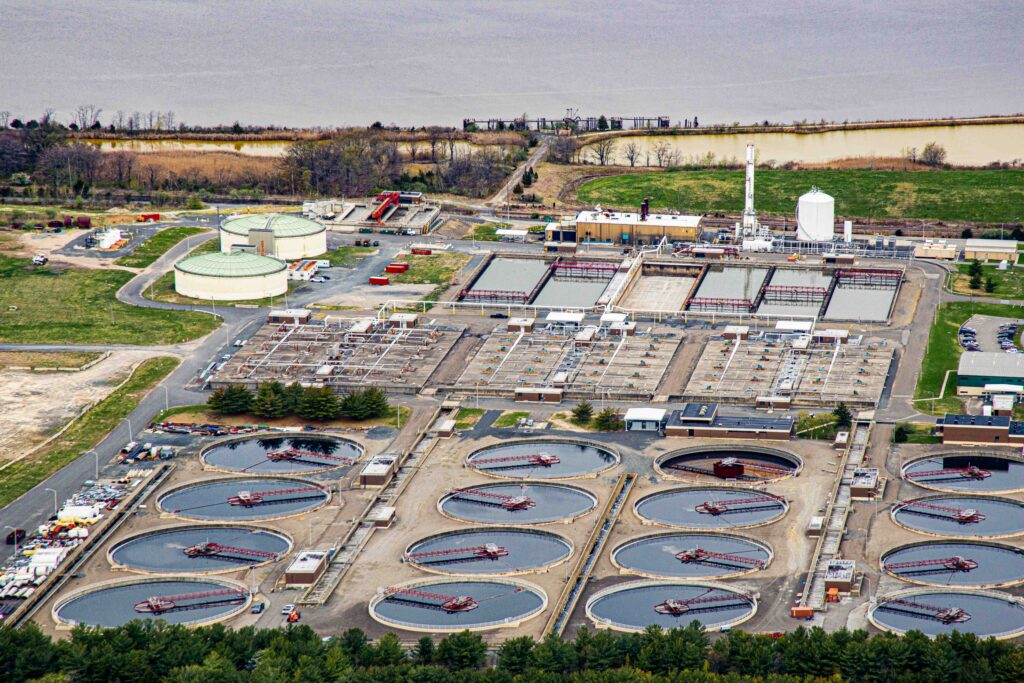
NWNL You mentioned some industries act responsibly and even join your campaign. What motivates them to do so: the legal process or another process? It seems the legal process is the “stick.” But is there a carrot, or a positive way to bring them on board?
BOB SPIEGEL That “carrot” is probably just fear of us, due to our track record. They know that once we start going after a contaminated site poisoning the river or its bay, we don’t stop until the sites are cleaned up.
Our original attorney, John F. X. Irving, used to call it “stick-to-it-iveness.” As the former Dean of Seaton Hall Law School said, the reason that we’re successful is that once we start on a project, we don’t back down until we achieve our goal to clean up the environment.
What we have is the truth: without clean water, air or land, our next generation is doomed. We see the writing on the wall; and yet everybody says, “Well, that’s nice but there’s really nothing I can do.” We say, “Yes you can, because one person can make a difference.“ All it takes is one person – and for me, making a difference started with our organization, Edison Wetlands.
Some of these companies and corporations come to the table and take some responsibility; but they do so because we force them to do so. It’s extremely expensive to clean up these sites. For example, CIC wasa $10 million/acre clean-up. Cornell-Dubilier in South Plainfield spent $100 million for a soil remedy that won’t leave the soil clean. They’ve left PCB’s on that site that are thousands of times above t the state’s “safe” level. They’re capping it on site for $100 million.
When we look at cleaning up these toxic messes in New Jersey, it’s expensive and complicated. They didn’t happen overnight and often ground water is impacted. Over 2 miles downstream of us, Bound Brook is poisoned by Cornell-Dubilier chemicals. Sadly, people still catch and eat fish from there, even though they have NJ’s highest levels of PCB’s. Across from our farm, I found a Superfund site [Woodbrook Road Capacitor Site] where capacitors were dumped, likely from the Cornell site.
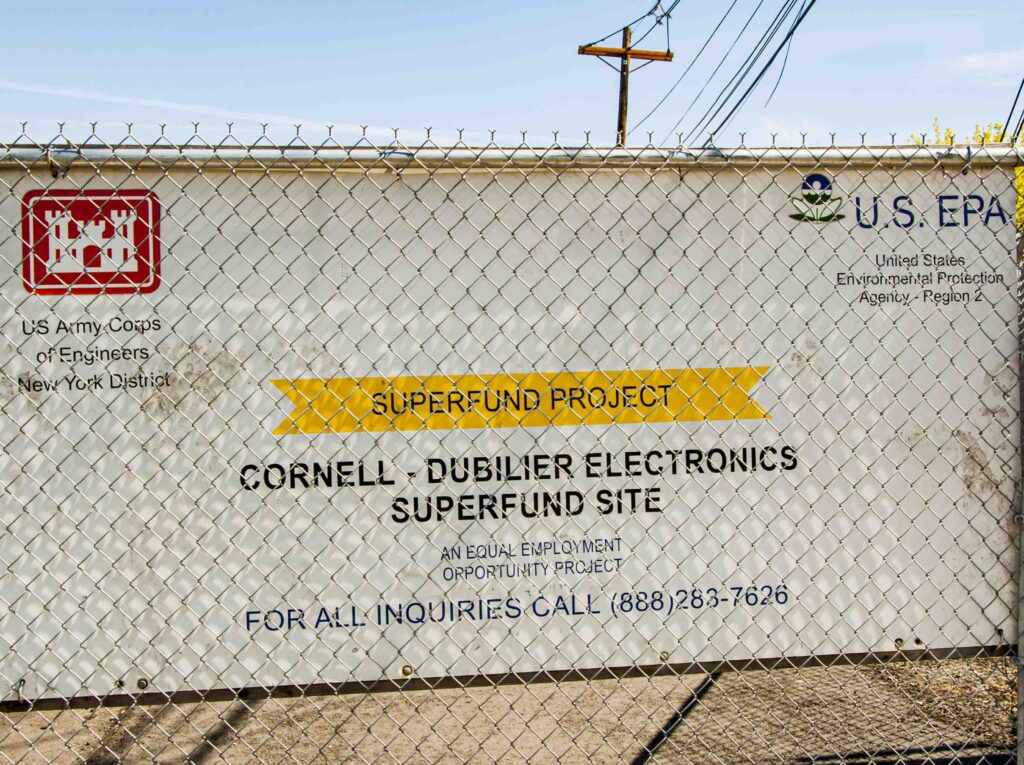
Whether in New Jersey or across the United States, you shouldn’t be able to run away from contamination. It must be cleaned up. There’s no perfect solution – but it can be done. Ground water can be cleaned; the soil can be cleaned; the air could be made pure again and we could plant trees.
We now have a program up and down the Raritan called “Brownfields to Green Fields.” In cases like CIC, we converted a polluted brownfield site into park land. Redevelopers of 180 acres are working with us. They’ll keep 70 acres and give us 110 acres for habitat restoration. So, we do have unique partnerships with some towns and some responsible parties, where get a clean ecosystem and they get “ratables” for the Township and a redevelopment project. It’s win-win. We can have both economic growth and environmental protection.
NWNL When we went the Cornell-Dubilier site, a sign said, “This is an Equal Employment Opportunity Superfund Project.” It suggests that Superfund cleanups could help employ people, similar to a 1930’s FDR project.
BOB SPIEGEL Well, $100 million was just allocated as a stimulus package for cleaning up NJ polluted sites. Clearly, Superfund is one of the biggest job creators, because there’s a great need to clean up sites like Cornell that are still poisoning our water. The fish aren’t safe to eat. The health of families living around these sites and kids playing there is threatened. And, for people out of work, cleanups create green collar jobs for people who operate bulldozers and back hoes; blue-collar workers, people who do construction work; engineers; and contractors. Every type of person you could employ, you can employ to clean up Superfund sites. And, when we conserve a place that generates “ratables,” a site is no longer a blight on the land, but an asset to the community.
NWNL Can you explain the term “generating ratables?”
BOB SPIEGEL With redevelopment of property, there is a certain amount of municipal town income generated by that property’s taxes. So, properties that are not productive or are so contaminated that people can’t use it, don’t generate any “tax ratables” for the community. Often the responsible party has left or stopped paying taxes, leaving a blight of the community, that produces no taxes for that community.
By cleaning up these sites, and creating a balanced redevelopment, you encourage the return of business and industry to return that are clean and generate tax ratables for the community. Cleaning up such sites also improves the property values for the whole community because if you have a toxic waste site, realtor must disclose it, lowering the value of your house. So, site cleanups protect one’s health and protect or increase one’s property values.
Some sites we work on have been off-limits for 100 years. The poisons dumped are as much a barrier as any fence. Yet cleaning them up turns land into productive pieces of property for communities, generate ratables and employ people. Those jobs are good. Often each site offers 3-5 years of employment. These are programs we should fund.
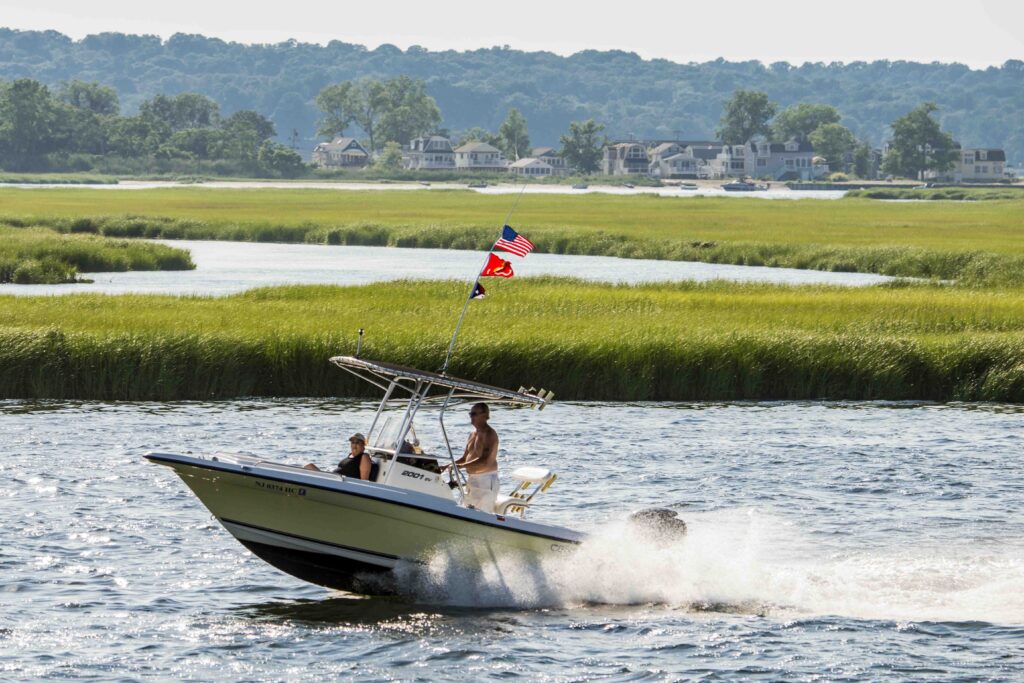
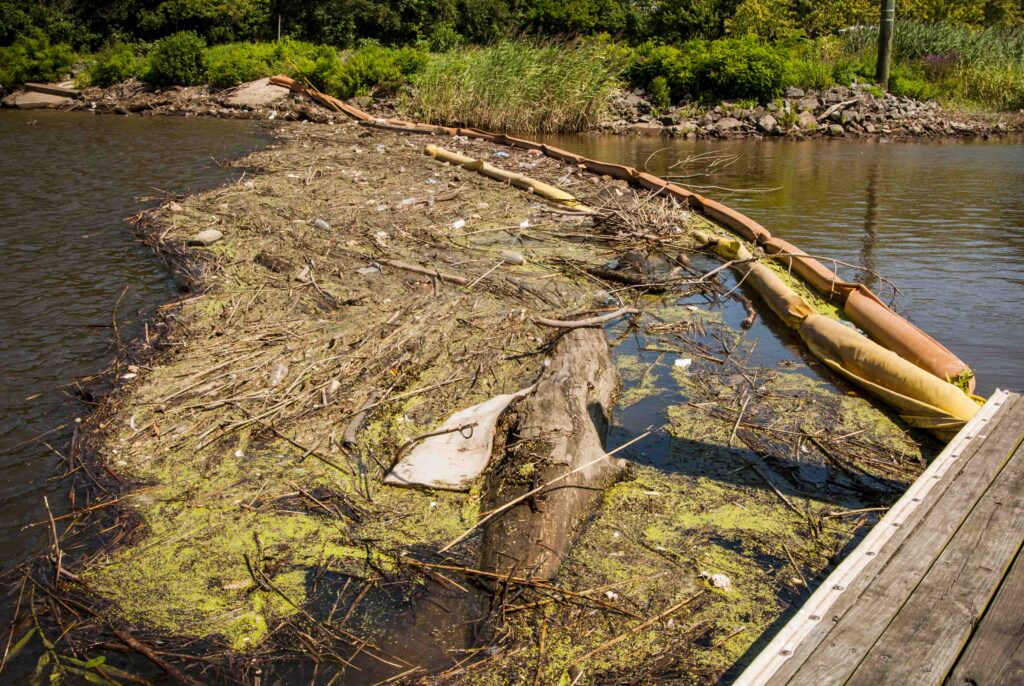
NWNL Let’s discuss dirty water as a health issue….
BOB SPIEGEL Clean water is everybody’s right! The lack of it threatens our national security. We must clean up these sites. There are a dozen poisoning the water within 5 miles of us. We should be able to turn on our tap and pump water out of the ground. But here water is not safe for human consumption because of sites like Cornell, Woodbrook Road and Horseshoe Road in Sayreville. There are dozens of sites I work on with known impacts to ground water from toxic waste. The quicker they are cleaned up, the quicker we can ensure safe drinking water.
NWNL I heard yesterday at your Arbor Day celebration about a pocket area with a very high incidence of autism, which may be tied to chemicals in the water. Do you have any statistics on that, or other health issues here?
BOB SPIEGEL That’s very difficult to pin down. The cause-and-effect science isn’t 100% there yet. We do know these chemicals are not vitamins! Benzene and arsenic in the ground water are carcinogens. They cause cancer. There is no safe level for drinking a carcinogen like arsenic or benzene. Yet, it’s very difficult to say, “Here’s a “cancer cluster” (the buzz word they use) from drinking contaminated water. But we know contaminated ground water impacts the health of many people.
All the types of contamination we’re exposed to – in the air, drinking water, or soil children play in – have cumulative health effects. We don’t have to prove that to demand protection. Chemical companies and industries should prove to us that these chemicals are safe before they use and release them into the environment because many have synergistic effects. We have no idea what they do to our health.
One and one doesn’t necessarily equal two. One and one could be 1,000 when it comes to synergy. We need to clean up the sites – not prove these sites cause adverse health effects. We know they do. We have empirical evidence from neighborhoods around these sites where two or three people from the same home have cancer. We’ve heard this story time and time again. So, our philosophy is just clean up the site. It is a health hazard – and how much of a health hazard is irrelevant. There’s no safe level of a cancer-causing chemical in water people drink.
We say, “Let’s use the child test. Do you want your children playing in that water or drinking that water?” We ask regulators and elected officials open to weaker regulations: “You say there’s an acceptable amount of arsenic, benzene or other chemicals in our drinking water and you’re ok raising that number. Do you want your children playing in that creek or in the mud, or drinking that toxic water?” Mostly, they say, “No.”
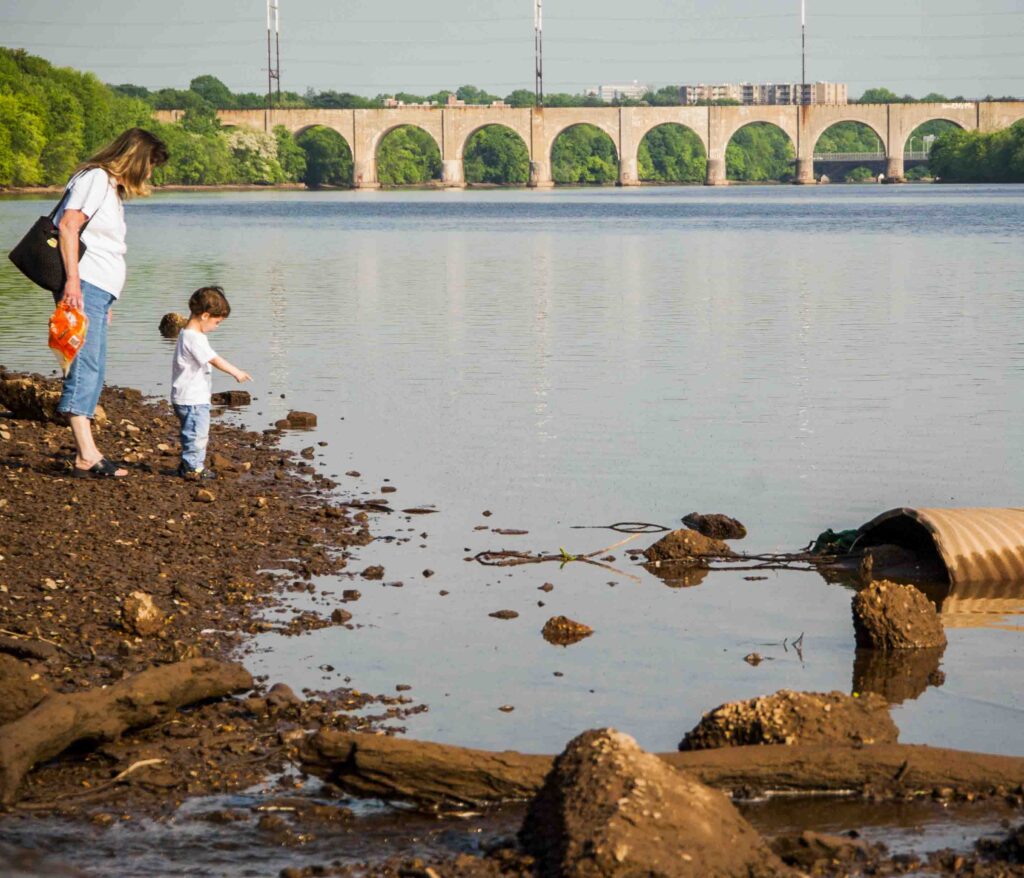
BOB SPIEGEL What drives others away from the Lower Raritan draws us to it, because our organization loves a good challenge. This property was a dump that we cleaned, restored, and brought back to a working farm. Now, we offer environmental education programs. We excite people about water, life and our children’s connection to the land! We love a good challenge!
NWNL Bob, with so many obstacles and disappointments, what keeps you motivated to improve New Jersey’s Raritan River?
BOB SPIEGEL I look at something and want to fix it. My background wasn’t in environmental science. I was a chef and pastry chef at culinary arts school. So, my attitude is to get things baked and on the shelf in the morning for people to buy. I carry that same attitude to the Edison Wetlands. I want things cleaned up and I want them done quickly. I know we must study them for a little while; but at a certain point, you stop studying something and you start cleaning it up.
I try to bring that common-sense approach to all I do at the Triple C Ranch and in my major work of cleaning up and restoring the Raritan River Estuary. It’s a beautiful, beautiful estuary.
When you see the Raritan River by land, you see many issues that should have been cleaned up generations ago – but still plague us today by poisoning our water, the fish, the birds. When a bald eagle comes overhead, swoops down and grabs a fish from the water, I know that fish is toxic. I step back and redouble my efforts – because I want the area to be safe again for us and that eagle. What impacts the wildlife impacts the water – and eventually us.
NWNL It seems to me that to protect the health of residents and wildlife here or anywhere, we must protect the role of estuaries and wetlands to cleanse water, which protects our web of life.
BOB SPIEGEL Yes, an estuary is where life begins. When you eat a fish, drink water, or connect to the environment, it’s because of an estuary. Fish come into an estuary to spawn and reproduce. All the waters everywhere end up in estuaries. All the water from where we’re standing ends up in the Raritan River Estuary.
All of us have a deep, deep connection to the estuaries where we live. Whether we know it or not, we’re part of our environment and the estuary in which we live. Ours is the Raritan River Estuary but it mirrors the Delaware, the Chesapeake, and others. We can’t look at the estuary as just a place that’s far, far away. Whether or not we know it, we’re all intimately connected with the estuary in which we live. The reason we have clean drinking water is because we have wetlands and an estuary to filter it. The reason we have fish is because we have an estuary.
We can’t think we live in a vacuum and isolate ourselves from our environment. The way to solve today’s problems is if everybody assumes responsibility for where we live and everybody does something, however small, towards protecting that place. We can’t run from this anymore. People used to say, “Well, I’m going to move to New Hampshire;” or “I’m going to leave.” Earth is a closed system and we must realize we’re all part of that system.
There are no other planets we can go to, as far as I know. But we act as though we have another planet to go to with clean water…, so we can just keep destroying this one. We have such rare resources and one of the rarest is clean drinking water. Our farm has clean ground water that we drink. It feeds all the wetlands and all the wildlife. As time goes on, more people will realize you can’t drink money, you can’t drink oil. Clean water is more valuable than gold. In some parts of the estuary, clean water still comes out of the ground. We want to protect that, piece by piece, to restore it so future generations of people and animals don’t face the problems we have today.
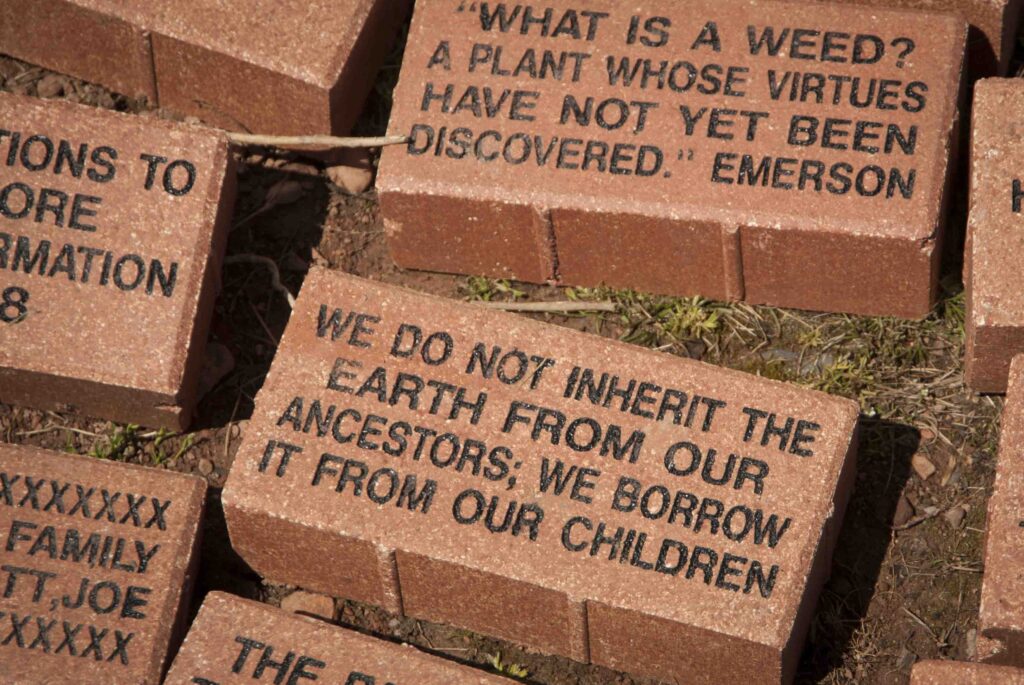
NWNL You’ve said water here at Triple C Ranch is clean. We’re sitting on your lovely duck pond now; but just on the other side is a culvert with a sign saying, “This is contaminated. Do not enter.” What contaminates that water as it goes through that culvert?
BOB SPIEGEL Across from here is a 50-year-old landfill Superfund site I found where PCB capacitors were dumped before regulations. The owners just opened the gates to dump whatever they wanted. After 50 years, I found it and got it on the EPA Superfund list. Now we’re cleaning it up to be restored wetlands, since that’s what was there previously.
Nature does its best over time to reclaim a toxic waste site, landfill or old industrial site – no matter what type or how radioactive. Nature’s process is to bury the waste lower and lower by siltation. Over the next four years, this Superfund Site will be restored wetlands.
We see every one of these sites as an ecosystem-restoration opportunity that thankfully wasn’t taken over for a housing development, like other sites on the Raritan. Here, we can bring back wildlife and create public access for people to return to a natural environment.
NWNL New Jersey is said to have the highest percentage of impervious surfaces in the country. Why are they – and stormwater runoff – a problem?
BOB SPIEGEL Storm water in New Jersey is a huge issue. In February 2004, a new law upgraded storm-water ordinances for every town. Now every town is responsible for managing storm water from any new development – commercial, industrial or residential. Required removal of 80-85% of total suspended solids from storm water from new development includes all type of solids or material from a project, even dirt or oil in a parking lot. Commercial, industrial or residential projects must send storm water through various treatments before it’s discharged into streams, brooks and creeks. Stormwater cannot run directly into a water body.
NWNL That is impressive oversight. What about the issue of impervious surfaces?
BOB SPIEGEL When water normally goes into the ground, it percolates through dirt and thus cleans the water so it’s drinkable and has no impurities. Thus, an impervious surface, such as a parking lot, is environmentally harmful because it is a barrier through which the water can’t percolate. So, it runs down the parking lot, picking up grease, oil and all other pollutants there and transporting them into nearby streams and brooks. This creates poor water quality.
Impervious surfaces also increase flooding – a common problem here. People living upgradient from you who put down impervious surfaces increase your runoff and flooding downstream. Here we have a problem as all the towns downgradient from us have flooding problems. Now, 100-year storms happen every year and their frequency is increasing. The more we build, the more impervious surface is installed, and flooding increases and is exacerbated. Also, water quality worsens.
We’ve measured streams around here for oxygen, turbidity, salinity and other things that help gauge the health of water. Areas with more impervious surface have more water-quality issues. It’s no surprise that black-top or parking lots send poor-quality water into the streams, brooks and all the way down into the estuaries. So, while impervious surfaces and black top may seem ok, they’re not, because we end up drinking water from those areas that’s not as pure as it should be.
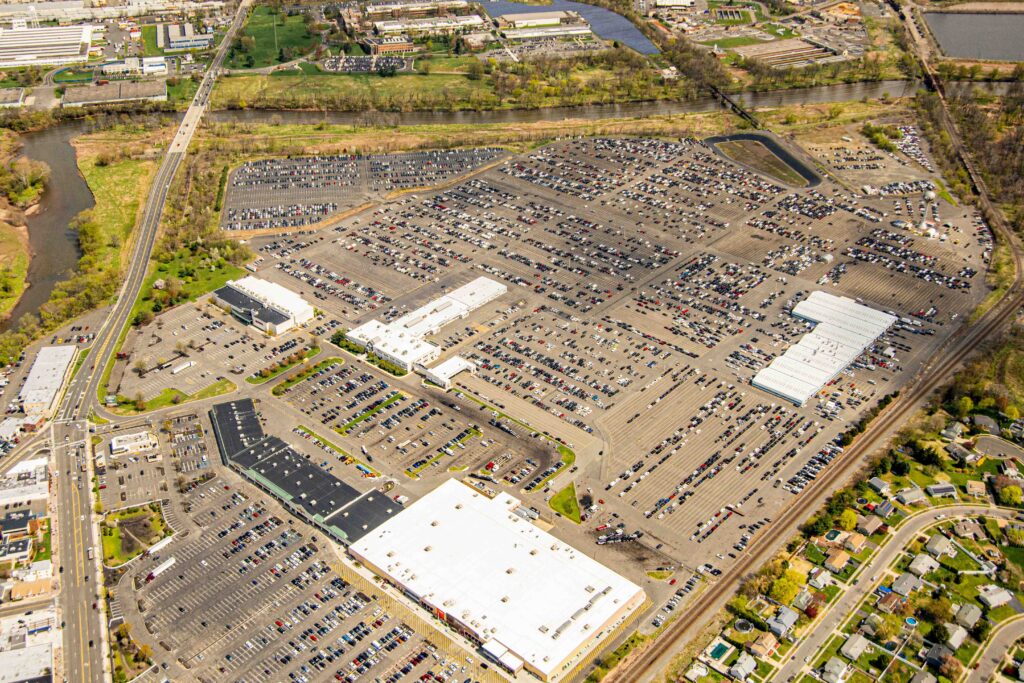
NWNL I understand new 2004 regulations on stormwater require a filtering process. Will that include any recycling of “gray water” for recycled usage? And beyond gray water, does NJ support “black water” i.e., cleaned toilet-to-tap water now used in San Diego and Canada?
BOB SPIEGEL Not that I’m aware of now. It’s an interesting idea, and I know California uses man-made wetlands to filter water. Many people using interesting technologies, that aren’t yet as widespread as they should be. In the Raritan Basin, we still have antiquated and outdated wastewater treatment with no way to pull out even pharmaceuticals from our drinking water or from our sewage which goes directly into Raritan Bay. They are finding the sex of fish and amphibians are in question there due to pharmaceuticals in wastewater treatment streams.
We need new methods to deal with pharmaceuticals. People will keep using pharmaceuticals that are flushed into our waterways. Federal actions and technologies are treating that, but we must be willing to spend money on infrastructure development and support such leadership. That’s the real environmental leadership that leads to real change.
NWNL Your land conservation at Triple C Ranch helps compensate for increased impervious infrastructure. But clearly, New Jersey’s increasing population means more impervious surfaces. Aside from land conservation, are there technologies to mitigate impervious parking lots’ runoff issues and sprawl?
BOB SPIEGEL Next weekend we are releasing our Wildlife Report – our first comprehensive report on our Dismal Swamp conservation area in the 10,000 years that people have been been here. Native Americans used this area as a living “shopping area.” So, it’s amazing that we could preserve at least a portion of it. There aren’t many places left around Edison with any history. It’s all high-density housing developments and shopping centers. Here, we’re turning the tide. We’re putting a line in the sand to keep this land for future generations– and we’re very proud of that.
Sure, new technologies are coming during this current Green Revolution. But we need the willingness of towns, municipalities, elected officials, regulators – and mostly people building the next generation of housing developments. They need to incorporate best technologies into their projects. They should aim for LEED platinum certifications, and address stormwater and pesticide management to avoid water contamination. There is much people can do in their own homes to decrease their footprint. Some are simple and some take a little time and effort – but there are things everybody can do to get cleaner water.
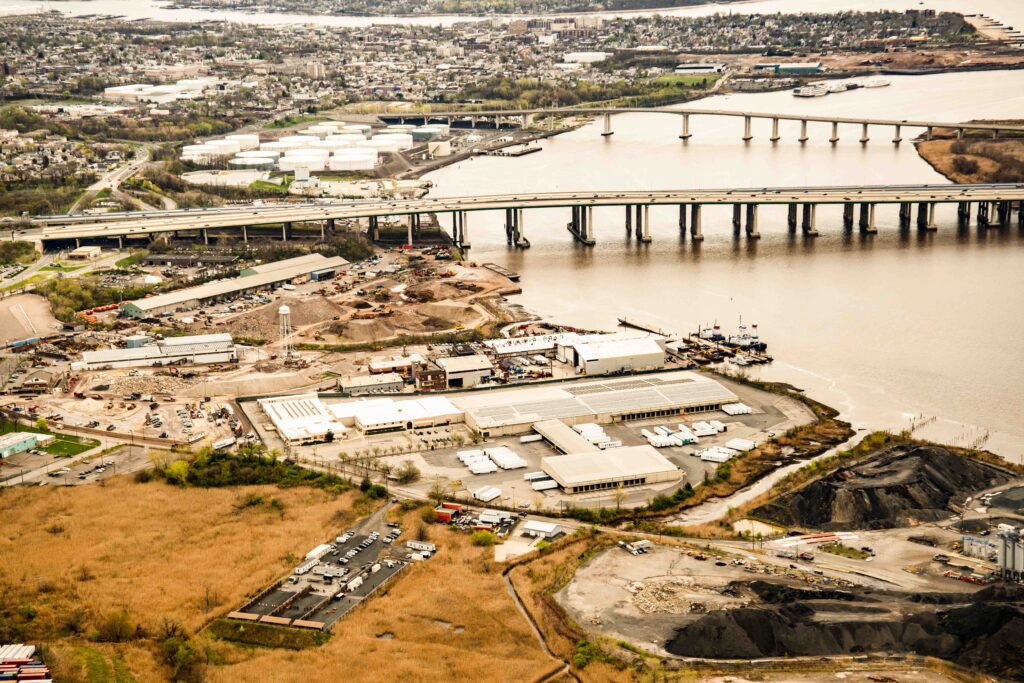
NWNL What sources are there for those interested?
BOB SPIEGEL We have an environmental education program, and the US EPA has an many resources on their website on being green. People can study LEED platinum certification with a click of a mouse to learn these things and be part of an environmental organization or cause. Everyone should get passionate about our environment!
There’s not much time left to turn the tide. Unfortunately, our water, air and soil are getting to a tipping point where it will be difficult to come back, especially vis a vis clean water. All over the world, people now fight wars over water – a resource we need to live. It’s amazing that people aren’t more aware that we must ensure our water is pure. I don’t take it for granted because I have a farm. But many people think they’ll turn on their tap and get clean water forever. Well, that resource is getting more and more scarce. There are no guarantees that water will be there 5-10 years from now, or that clean water will be available, even for people who can afford to pay for bottled water.
NWNL Bob, thank you. You are a wonderful interviewee. I turned on my videocam and you produced more the sound bites that I could imagine. Good luck to you!
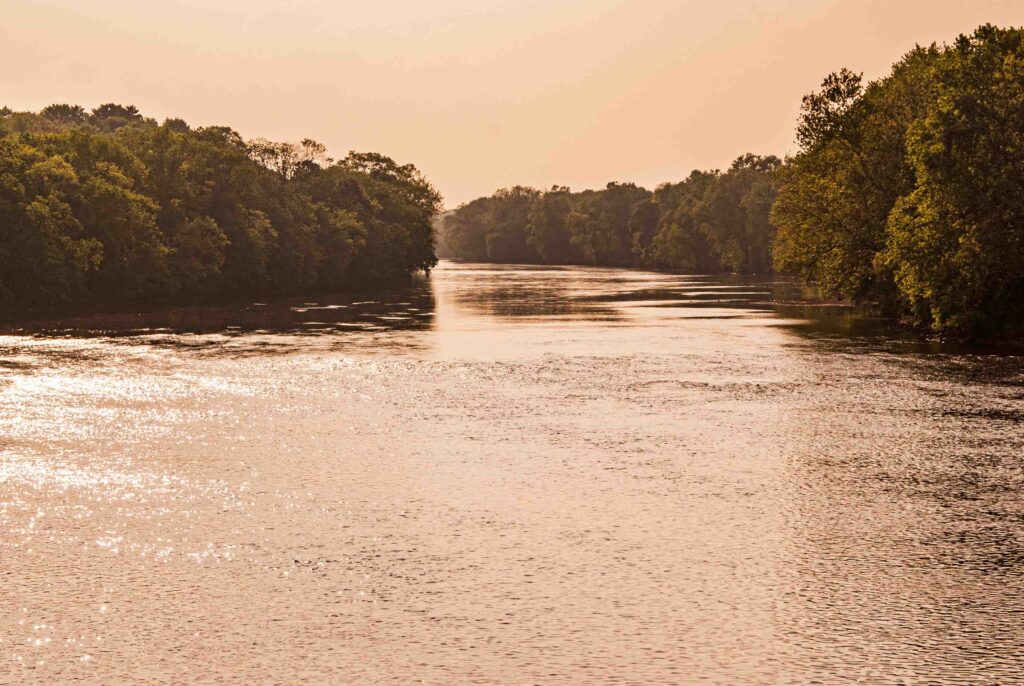
Posted by NWNL on November 8, 2023.
Transcription edited and condensed for clarity by Alison M. Jones.
All images © Alison M. Jones, unless otherwise noted. All rights reserved.
